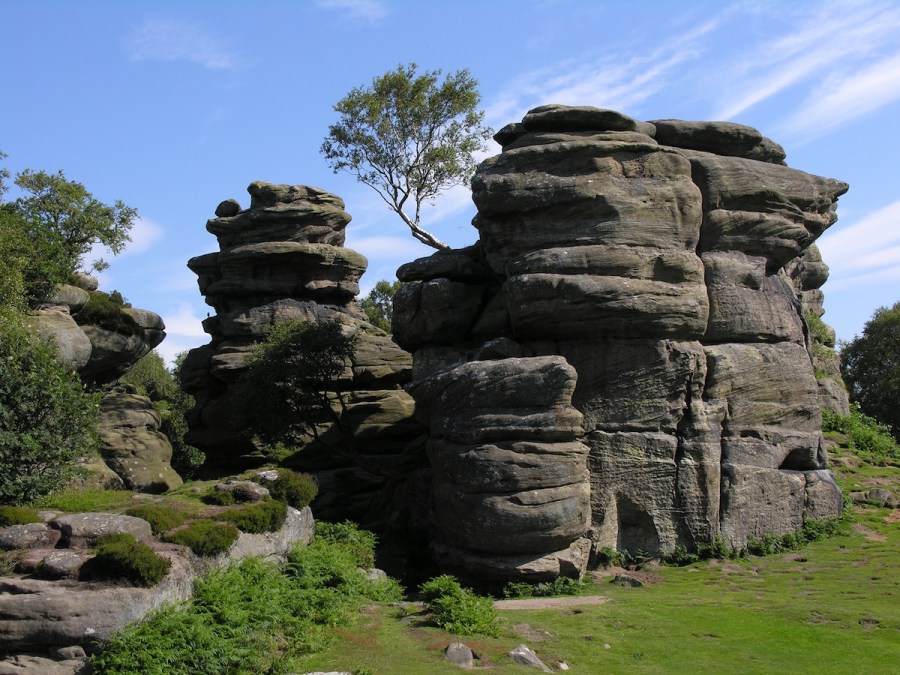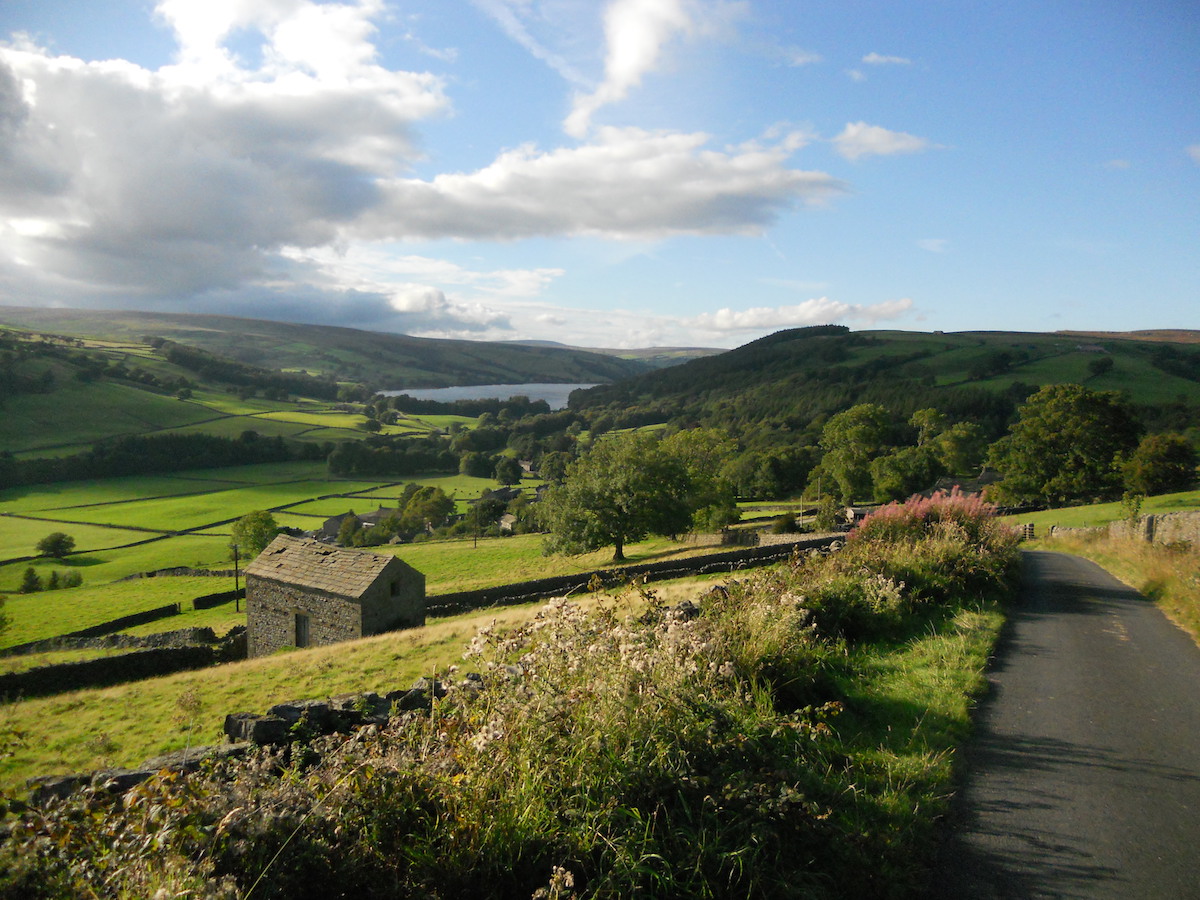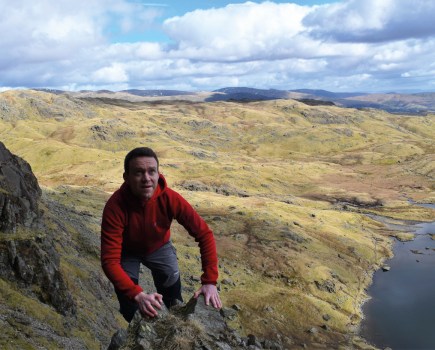The Upper Nidderdale Landscape Partnership has launched a free walking guide for the Nidderdale Way, which features some of Yorkshire’s most famous sights
The spectacular 53-mile route is a long-distance footpath in the easternmost valley of the Yorkshire Dales, encircling the River Nidd. It’s traditionally walked in four stages, each no longer than 15 miles.
The Upper Nidderdale Landscape Partnership, with funding from the Heritage Lottery Fund and the Yorkshire Dales LEADER programme, helps people experience the historic landscapes, cultural heritage and wildlife habitats of the region.
Iain Mann, Scheme Manager at the Upper Nidderdale Landscape Partnership, said: “It’s a simple online guide that can be printed in easy-to-use sections. As well as highlighting famous landmarks along the route, we’ve included some hidden gems. The nature of the route makes it perfect for those seeking a long walking weekend so there’s an accommodation guide too.”
The walk takes in iconic Yorkshire attractions, including Ripley Castle and its 18th-century gardens, How Stean Gorge with its dramatic ravine, and the gritstone formations of Brimham Rocks.
It’s suitable for walkers of all abilities as paths are well maintained and signposted. There are plenty of country pubs and cafés in the Dales for refuelling – even a Michelin-starred restaurant en route.
Each stage of the walk offers contrasting landscapes. Stage One from Pateley Bridge to Middlesmoor includes Scar House Dam, the largest dam in Britain when it was finished in 1936. Stage Two, from Middlesmoor to Bewerley, takes in Nidderdale’s natural wonder, How Stean Gorge.
Stage Three, Bewerley to Ripley, includes the gritstone crag, Guisecliff – which rivals Brimham Rocks for views – to the old packhorse bridge near Birstwith. Stage Four, Ripley to Pateley Bridge, features the rock formations of Brimham Rocks and the ancestral seat of the Ingilby family for 28 generations, Ripley Castle.
The Upper Nidderdale Landscape Partnership has been working at a number of heritage sites along the Nidderdale Way for walkers to enjoy.
Conservation work has been completed at a once hugely popular tourist spot, Fishpond Wood. In 1885, 3,000 people came by special trains to visit this ancient wood landscaped by John Yorke in the 18th century. Fishpond Wood features the restoration of a rare icehouse, home to the rare European cave spider.
Other conservation projects the Upper Nidderdale Landscape Partnership has completed along the route are the Prosperous Lead Mine, a nationally important lead mining site in the Ashfoldside valley, and the 19th-century Wath Mill.
The Nidderdale Way recently featured in a BBC Radio 4 series with broadcaster Clare Balding, who walked the four stages over four days, an experience she described as ‘heaven’.
To download the free walking guide, visit uppernidderdale.org.uk.
Header image © Janina Holubecki









